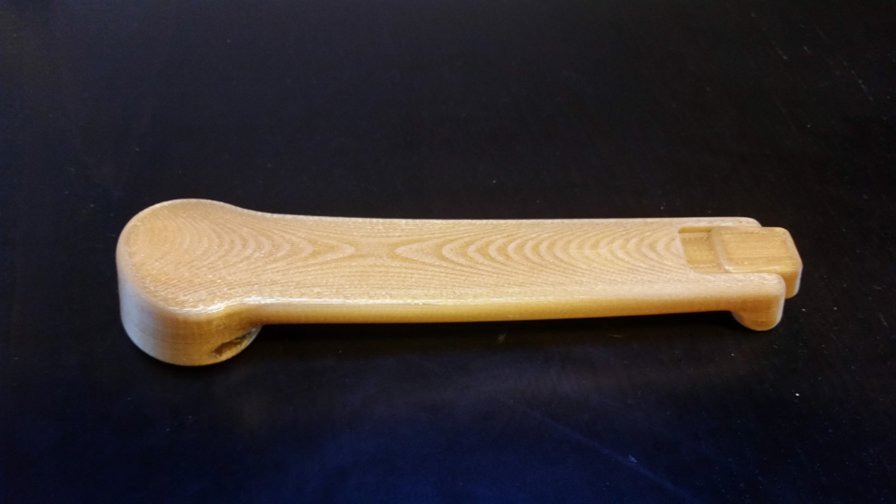Plyform pairs with Stratasys to innovate production
Plyform Composites s.r.l uses 3D printing to raise the bar for aerospace production
Based in Varallo Pombia, Italy, Plyform s.r.l is an expert when it comes to utilizing advanced composite materials to manufacture parts for industrial applications. The company operates across a range of industrial sectors, with particular expertise in aerospace. In fact, Plyform is one of the main suppliers of aerostructures in Italy with a reputation for high-quality manufacture of complex composite structures. As part of its continual drive to increase customer responsiveness, Plyform needed a production solution that would reduce time and costs while allowing Plyform to maintain its spirit of innovation. “With traditional composite production, the challenge is always lead times, cost-effectiveness, and in many cases, the quality of the final composite part,” explained Luca Ceriani, Plyform Head of Manufacturing Engineering
After exploring a number of industrial-grade additive manufacturing solutions to meet its goals, Plyform saw the benefits of using 3D printing with industrial-grade additives. The company selected Stratasys’ FDM-based F900 3D printer. Using the F900, Plyform is using 3D printed composite tools to produce a wide range of high-quality carbon-fiber parts for helicopters, significantly faster than using aluminum tools and at a fraction of the cost. This is exemplified when producing the pilot’s cyclic stick.
The company 3D prints a mold tool in a high-performance soluble material, ST-130. The carbon fiber composite material is then wrapped around the mold and once cured, the internal sacrificial core is washed away leaving the final composite part. “To produce the composite tool for a helicopter’s pilot stick, traditionally we would need four hours to mill the tool and another four hours to give it an external treatment to avoid resin contamination,” noted Ceriani. With Stratasys FDM Technology, we can 3D print a tool in just two-and-a-half hours and at an 80% reduced cost. In addition, I estimate that using this technique, the quality of the part has improved by 30%. This is a game-changer for our business.”
Test

